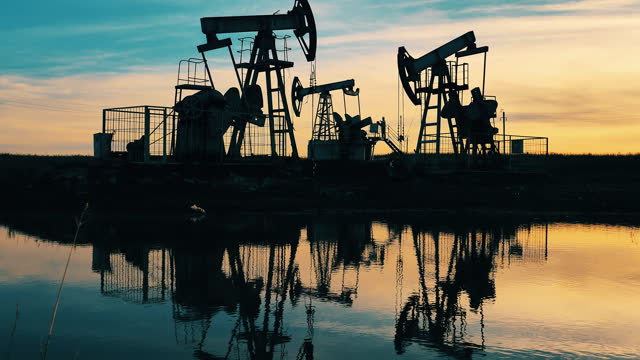[Reuters Analysis] Trump’s flip-flop on emergency oil reserves has its merits


- Trump budget sharply reduces planned spending of SPR purchases
- Emergency stocks at 56% of capacity
- Trump has vowed to fill storage 'right to the top'
By Ron Bousso
LONDON, July 10 - U.S. President Donald Trump's signature budget bill slashed funding for refilling U.S. emergency oil reserves, violating his previous vow to fill them "right to the top". This about-face raises the question of whether the U.S. still needs the Strategic Petroleum Reserve at all.
The American SPR is the world's largest emergency oil storage, able to hold 714 million barrels, or the equivalent of 35 days of U.S. oil consumption, when full. But it contained only 403 million barrels of crude oil as of July 4, according to government data, which is far below the record level of 727 million barrels reached in 2010.
SPR levels dropped to a 40-year low of 347 million barrels in July 2023 after Trump's predecessor Joe Biden carried out several SPR sales to ease rising oil prices, including releasing 180 million barrels in 2022 after Russia's invasion of Ukraine sparked concerns about a global energy shortage.
Filling the SPR to capacity would cost over $21 billion at current benchmark U.S. crude prices and take years to accomplish.
Yet, the so-called "Big Beautiful Bill" that Trump signed into law on July 4 reduced planned spending on SPR repurchases to $171 million between 2025 and 2029, from $1.3 billion in an earlier iteration of the bill, with another $218 million earmarked for maintenance.
Trump said on July 1 that he still plans to fill the SPR once market conditions are right, and Congress could theoretically allocate more funds towards oil purchases.
But does the United States actually need to fill up its vast oil reserves? The answer is probably no, given the seismic changes the country's energy sector has undergone in recent years.
NET EXPORTER
The SPR was established under President Gerald Ford in 1975 to deal with supply disruptions in response to the oil embargo that Arab members of the Organization of the Petroleum Exporting Countries imposed on Western governments supporting Israel in the 1973 Yom Kippur War. The supply rupture led to severe fuel shortages and a quadrupling of oil prices.
The birth of the SPR coincided with the founding of the International Energy Agency in 1974, with the aim of coordinating Western governments' energy security, including through a collective action mechanism to respond to supply disruptions.
The IEA requires member states, which include the United States, to hold at least 90 days of net imports of crude oil and refined products in strategic reserves, but countries that export more oil than they import are not required to hold reserves.
And the United States, the world's top oil consumer, became a net exporter of crude and refined products in October 2019 for the first time since at least 1973.
This historic shift was due largely to the rapid growth in onshore shale drilling activity in the U.S., which made the country the world's top oil producer in 2018. U.S. crude output is set to reach a record high of 13.5 million barrels per day this year, according to IEA figures.
Meanwhile, exports of U.S. crude and refined products, such as gasoline and diesel, both set new record highs in 2024, reaching 4.1 million bpd and 6.6 million bpd, respectively, according to the IEA. That put U.S. net exports of crude oil and fuels at 2.3 million bpd in 2024.
‘RIGHT TO THE TOP’?
Even though the United States, as a net exporter of oil, is no longer required to hold reserves, it is unlikely to completely forgo its emergency energy stash.
First, the country continues to import significant volumes of crude oil, largely due to quality requirements. It imported 6.6 million bpd last year, with over half coming from Canada. The U.S. also imports refined products for areas with limited refining capacity.
Additionally, reserves can still play a critical role in times of domestic and international crisis, as was seen most recently in 2022, and the scale of the federally owned oil stocks, "makes it (the SPR) a significant deterrent to oil import cutoffs and a key tool in foreign policy," according to the SPR government website.
Holding the SPR may also be seen as a sign of national pride and projection of U.S. power as part of Trump’s vision of American energy dominance.
However, the country’s ample domestic crude production, extensive refining operations and declining reliance on fuel imports mean that Trump and future administrations no longer need to be in any hurry to fill emergency storage to the brim.
The scale of buying and selling involved in managing the huge storage facilities has been a central feature of global energy markets. Reducing the size of America’s SPR could therefore have a profound impact on oil prices.
Enjoying this column? Check out Reuters Open Interest (ROI),your essential new source for global financial commentary. ROI delivers thought-provoking, data-driven analysis. Markets are moving faster than ever. ROI can help you keep up. Follow ROI on LinkedIn and X.

US net imports of crude oil and refined products

US strategic petroleum reserves







